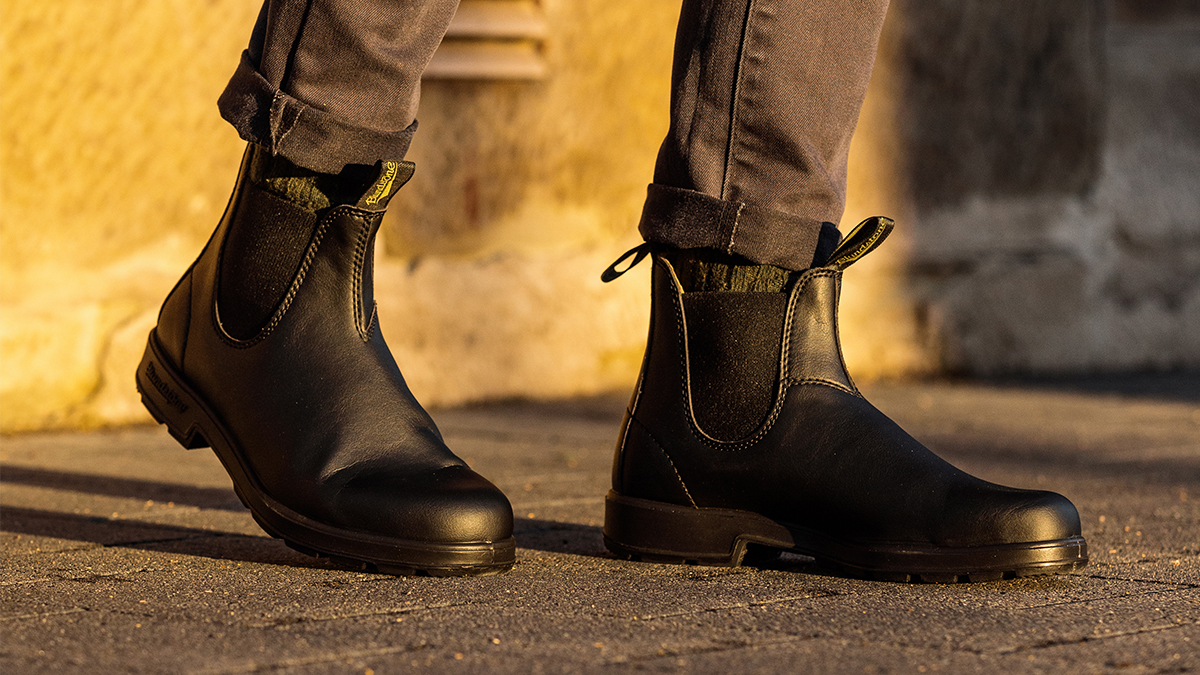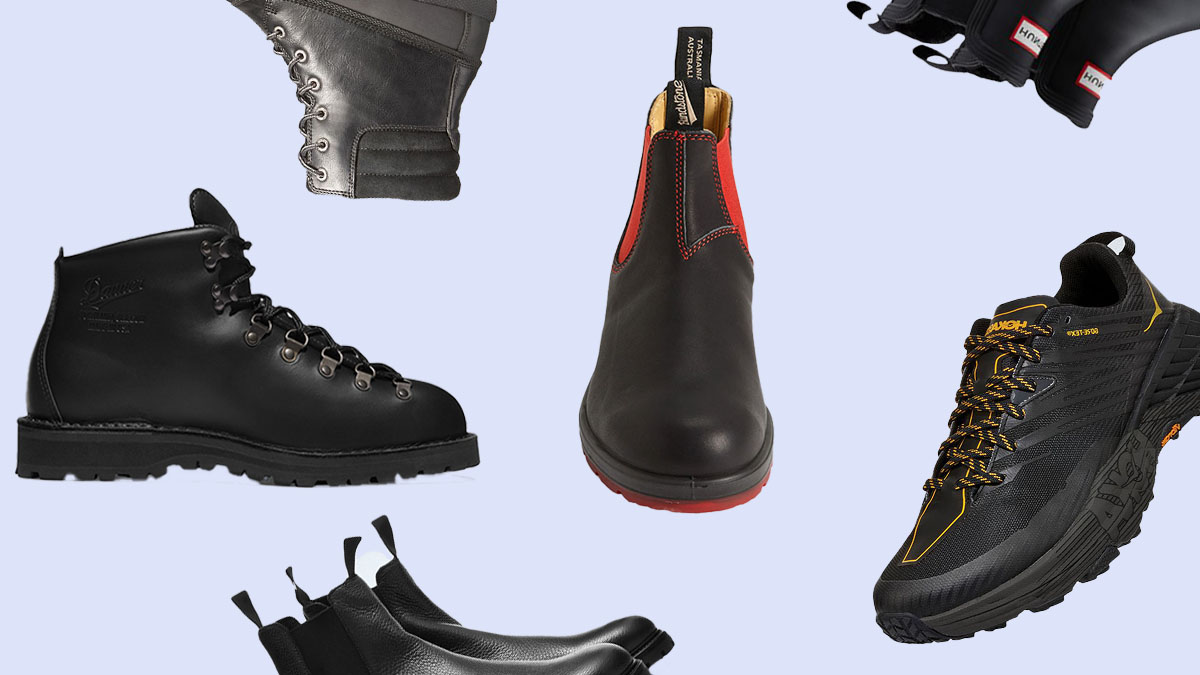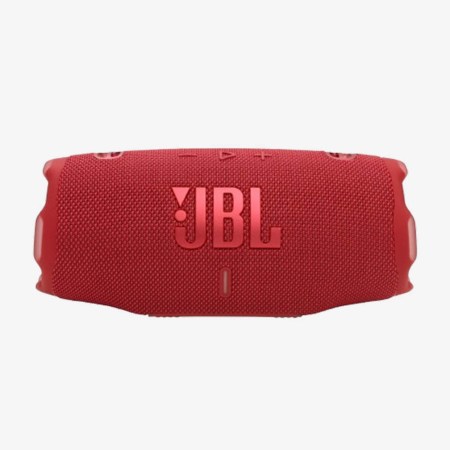Nota bene: All products in this article are independently selected and vetted by InsideHook editors. If you buy something, we may earn an affiliate commission.
Being vegan today is a lot easier than it was 20 years ago. So easy, in fact, that many people are making vegan choices without even knowing it. Your winter parka may have fake goose down, your car may have fake leather seats and I bet half of you reading this wouldn’t even know the fried chicken at my new favorite spot of 2021 contains exactly 0% chicken. (Banana peel bacon, on the other hand, is still very much a work in progress.)
However, crafting a new product with the express purpose of being vegan is easier than what Blundstone is trying to do. Last year, the beloved Australian bootmaker unveiled its first-ever vegan shoes, the #2115 in black and the #2116 in brown. The company said the release was “a direct response to growing demand for alternatives from a large and far-reaching global vegan community,” which is a nice way of saying their paying customer base just got bigger. But by basing this new animal-free footwear on the brand’s most iconic style, the #500 Chelsea boot, they’ve also set themselves a tough task by pitting the completely redesigned style against one that goes back to the 1960s.
Can a 100 percent vegan boot live up to the Blundstone name? I got my hands on a pair of the brown #2116s to see for myself. They’re the closest in style to the pair of Blundstones I’ve been wearing most days for the last year and a half: the brand’s 150th anniversary boots that are themselves a riff on the original #500. I’ve kept these leather Chelsea boots by the door in case I need to run out for anything as they’re easy to slip on, I’ve worn them through Minnesotan winters even though they may not technically be winter boots, and I’ve accidentally melted one partially in a campfire but have kept on wearing them because they really are that tough.
That’s the long way of saying I’m a disciple who preaches the gospel of Blundstone. So when I got my pair of vegan boots I was skeptical, not because I’m wary of vegan products, but because I was wary of messing around with the bulletproof formula the Australians have obviously perfected.

Upon opening the box, it was immediately clear they replicated the look exactly. If you were staring at a lineup of Blundstones, there’s no chance you’d be able to tell the difference between a vegan and non-vegan boot. It looks like leather, the sturdy double stitching around the side panel is the same, the rugged TPU outsole still anchors them with beefy, grippy treads. The main differentiating factor between my pairs is simply the wear and tear.
During testing, I purposely did everything you’re not supposed to do with new boots. Instead of pulling them off gently with my hands, I pressed the toe down on the heel and kicked them off. Instead of removing caked dirt, not leaving them in direct sunlight and washing the removable footbed as needed, as they suggest, I left dirt and snow sit on them, left them out in the freezing cold in the sun and haven’t done any sort of cleaning. It’s all in the name of science, but also how most people will probably treat them.
At the end of a few months of testing, not only have the vegan boots exceeded my expectations, but they still look like real leather. A lot of this certainly comes down to the meticulous design from Blundstone and rigorous testing cited by the company, but at the heart of it are the material choices, specifically the synthetic microfiber upper made of onMicro and the lining made of onSteam, both of which are sourced from Grupo Morón, a technical fabric developer in Spain. The onMicro material was developed to replicate natural cowhide, both in look and in performance; it is completely waterproof and can withstand even some abrasive chemicals. The onSteam lining meanwhile is supposed to feel like skin, while offering temperature regulation as well as antibacterial and antimicrobial properties.

From where I’m sitting — looking directly at these boots on my desk under a light — I see two minor scuffs so far, and the boots smell almost as fresh as when I got them, a huge vote of confidence in these materials I have never knowingly encountered until now. One small potential problem that could come up months or even years down the road is the fact that the microfiber upper is exposed around the edges where it has been cut, whereas the leather upper is rounded in most places so the material seems less likely to fray or otherwise be compromised. I haven’t experienced any problems or noticeable wear, but it is something I noticed upon closer inspection.
There are a few other vegan elements of this redesign to note, specifically the XRD Technology material in the heel that absorbs the impact force when you step and the removable Comfort Lite Footbed, both of which provide added comfort and support. (The entire boot has been verified vegan through a program from Eurofins | Chem-MAP.) But one of the elements that most impressed me was the sturdiness of the foot opening. Sometimes with Chelsea boots the side panel can stretch out and the once pencil-straight silhouette can sag, but I’m happy to report these are standing tall like little vegan soldiers.
The best part might just be the price. How much is Blundstone charging you for all this state-of-the-art, animal-loving, PETA-approved boot tech? The same $200 they charge you for the boots they’ve been making for decades. So go ahead, grab a bucket of vegan fried chicken while wearing your vegan Blundstones. You don’t even need to consider yourself a vegan to do it.
We've put in the work researching, reviewing and rounding up all the shirts, jackets, shoes and accessories you'll need this season, whether it's for yourself or for gifting purposes. Sign up here for weekly style inspo direct to your inbox.
























